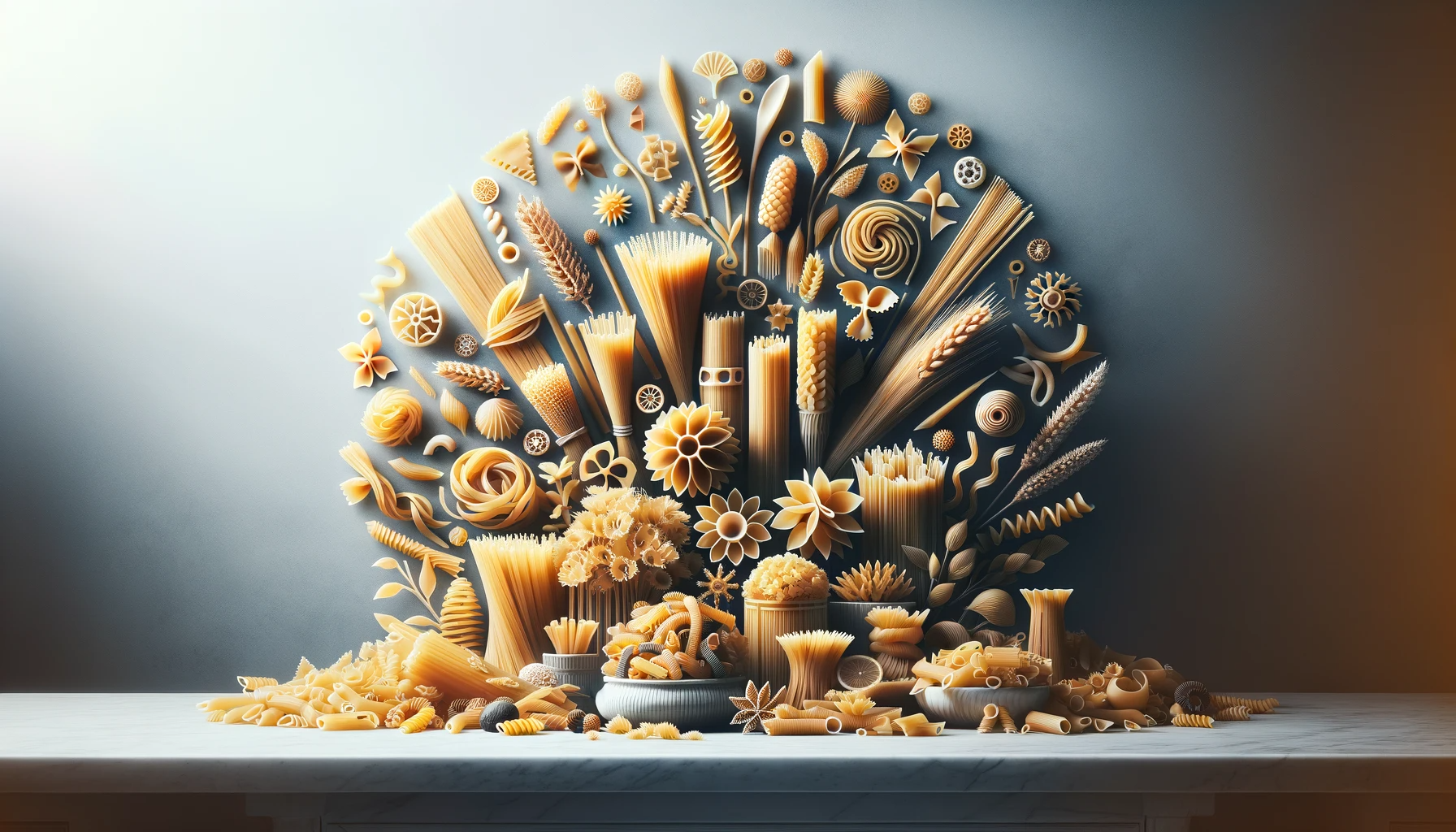Introduction
Pasta and cheese, two timeless culinary favorites, come together to create a harmonious marriage of flavors and textures. In this article, we will embark on a gastronomic journey to explore the essential ingredients that make pasta and cheese dishes so irresistible. From the art of crafting perfect pasta to the science of selecting the finest cheeses, we will delve into every aspect of this beloved combination.
The Foundation: Pasta
Types of Pasta
- Fresh vs. Dried Pasta: The first choice to make when crafting your pasta dish is between fresh and dried pasta. Fresh pasta, typically made with eggs, offers a delicate texture and shorter cooking time, while dried pasta, made with semolina flour, provides a more resilient texture and longer shelf life.
- Shape Matters: The shape of the pasta you choose can significantly impact your dish. Shapes like spaghetti and linguine are ideal for lighter sauces, while penne and rigatoni hold up well with heartier sauces. The possibilities are endless, so choose wisely!
Ingredients in Pasta
- Semolina Flour: This coarsely ground durum wheat flour is the main ingredient in many pasta varieties. Its high gluten content gives pasta its signature chewy texture.
- Water: Water is essential for binding the semolina flour into a dough. The quality of water can affect the pasta’s flavor, so using filtered water is advisable.
- Eggs: In recipes for fresh pasta, eggs are added to provide richness and a silky texture. They also contribute to the pasta’s yellow hue.
- Salt: A pinch of salt not only enhances the pasta’s flavor but also helps to strengthen the gluten structure.
- Olive Oil: Some recipes call for olive oil, which adds a subtle flavor and helps prevent sticking.
The Art of Cooking Pasta
- Boiling: Boiling pasta is straightforward, but timing is crucial. Follow package instructions for the best results. Pasta should be cooked until al dente, retaining a slight firmness when bitten.
- Salting the Water: Adding salt to the boiling water is a critical step. It not only seasons the pasta but also helps it absorb sauce more effectively.
- Reserving Pasta Water: Before draining your pasta, save a cup of the starchy cooking water. This water can be used to adjust the consistency of your sauce later.
The Elevation: Cheese
Types of Cheese
- Parmesan: A staple in Italian cuisine, Parmesan cheese boasts a nutty, salty flavor that adds depth to pasta dishes. Grated Parmesan is often used as a finishing touch.
- Mozzarella: Known for its mild flavor and excellent meltability, mozzarella cheese is a favorite for dishes like baked ziti and lasagna.
- Cheddar: Sharp cheddar cheese can lend a bold and tangy flavor to macaroni and cheese.
- Gruyère: This Swiss cheese is perfect for creamy pasta dishes, as it melts smoothly and has a slightly sweet, nutty taste.
Ingredients in Cheese Sauces
- Butter: The base of many cheese sauces, butter adds richness and a silky texture.
- Flour: Flour acts as a thickening agent in cheese sauces, ensuring a smooth consistency.
- Milk: Milk provides the creamy base for cheese sauces. Whole milk or half-and-half is ideal for a luxurious texture.
- Seasonings: Nutmeg, garlic, and white pepper are common seasonings used to enhance the flavor of cheese sauces.
Cheese Pairing Tips
- Complementary Flavors: Pair cheeses with pasta varieties that complement their flavors. For instance, ricotta and spinach-filled pasta go beautifully with creamy Alfredo sauce.
- Texture Matters: Consider the cheese’s texture. Grate hard cheeses finely for even melting and use soft cheeses sparingly for creaminess.
- Experimentation: Don’t be afraid to experiment with different cheese combinations to discover your own signature pasta and cheese dish.
Conclusion
Pasta and cheese dishes are a culinary art form that invites creativity and exploration. By understanding the nuances of pasta types, ingredients, cooking techniques, and cheese varieties, you can elevate your dishes to new heights. Whether you’re crafting a classic mac and cheese or experimenting with a unique fusion, the key ingredients of pasta and cheese will always be your trusted allies in the kitchen. So, embrace your inner chef, experiment, and savor the delicious results of this timeless combination.
